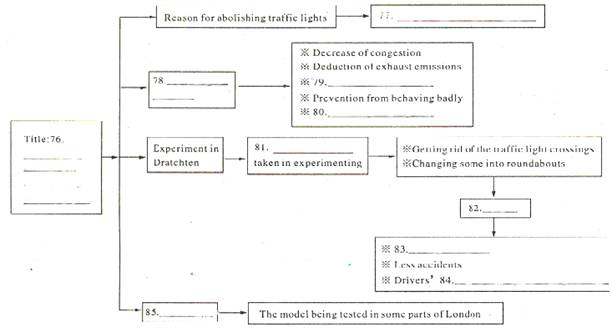题目内容
Hans Christian Andersen was a poor boy who lived in Denmark. His father, a shoemaker, had died, and his mother had married again.
Andersen’s father liked to read better than to make shoes. In the evenings, he had read aloud from The Arabian Nights. His wife understood very little of the book, but the boy, pretending to sleep, understood every word.
By day Hans Christian Anderson went to a house where old women worked as weavers. There he listened to the tales that the women told. In those days, there were almost as many tales in Denmark as there were people to tell them.
Among the tales told in the town of Odense, where Andersen was born in 1805, was one about a fairy who brought death to those who danced with her. To this tale, Hans Christian later added a story from his own life.
Once, when his father was still alive, a young lady ordered a pair of red shoes. When she refused to pay for them, unhappiness filled the poor shoemaker’s house. From that small tragedy and the story of the dancing fairy, the shoemaker’s son years later wrote the story that millions of people now know as The Red Shoes.
As a little girl, Hans Christian’s mother was sent out on the streets to beg. She did not want to beg, so she hid under one of the city bridges. She warmed her cold feet in her hands, for she had no shoes. She was afraid to go home. Years later, her son, in his pity for her and his anger at the world, wrote the angry story She’s No Good and the famous tale The Little Match Girl.
Through his genius, he changed every early experience, even his father’s death, into a fairy tale. One cold day his father showed him a white, woman-like figure among the frost patterns. “That is the snow queen,” said the shoemaker. “Soon she will be coming for me.” A few months later he died. And years later, Andersen turned that sad experience into a fairy tale, The Snow Queen.
Which of the following is TRUE about Anderson when he was a boy?
A. His father had remarried before he died.
B. His mother was struck by The Arabian Night.
C. He enjoyed listening to stories very much.
D. He would help old weavers with their work.
What does the underlined sentence in Paragraph 3 imply?
A. Almost all tales from around the world once had their origin in Denmark.
B. The people in Denmark were very enthusiastic about telling tales.
C. The number of tales in Denmark was exactly equal to that of the people living there.
D. The people in Denmark loved doing nothing but tell stories to each other.
How many of Anderson’s fairy tales are mentioned in the passage?
A. 5. B. 6. C. 3. D. 4.
It can be inferred from the passage that ______.
A. The Red Shoes was based on a tragedy of Anderson’s family
B. Andersen’s genius as well as his early experience made him successful
C. Andersen was educated at home by his parents because of poverty
D. Anderson wrote The Snow Queen in memory of his parents
Which is the best title of the passage?
A. Hans Christian Andersen’s Own Fairy Tales.
B. Hans Christian Andersen’s Family.
C. Hans Christian Andersen’s Bitter Experiences.
D. Hans Christian Andersen’s Considerate Parents.
【小题1】C
【小题2】B
【小题3】D
【小题4】C
【小题5】A
解析:
略

